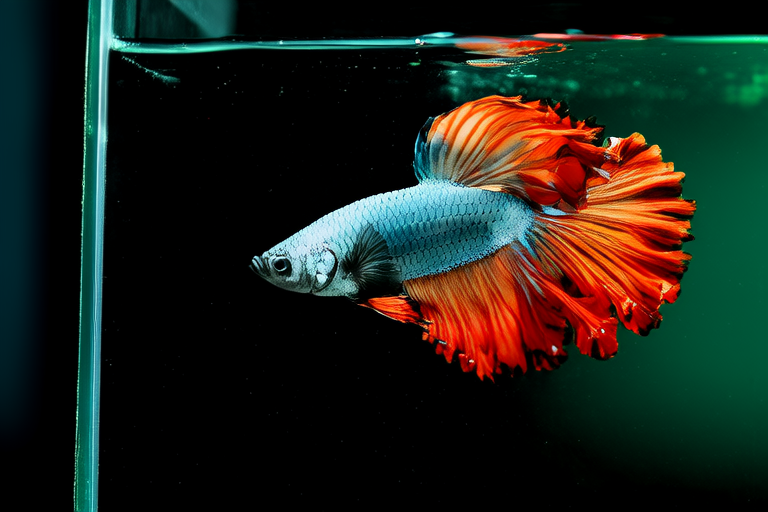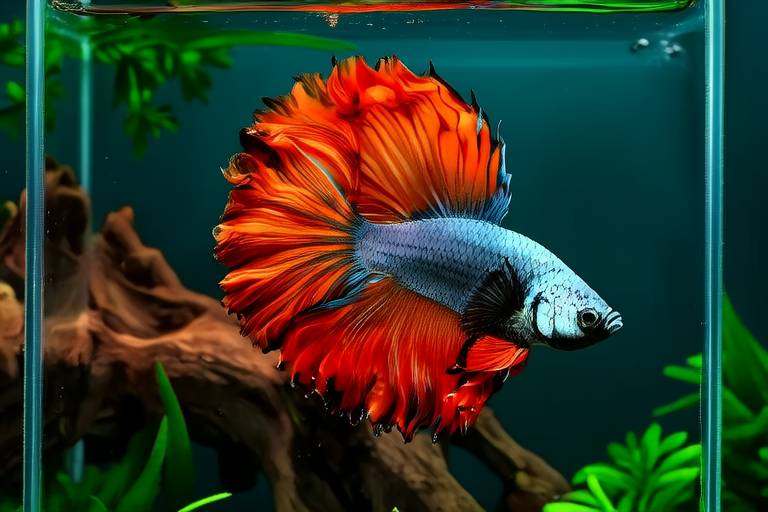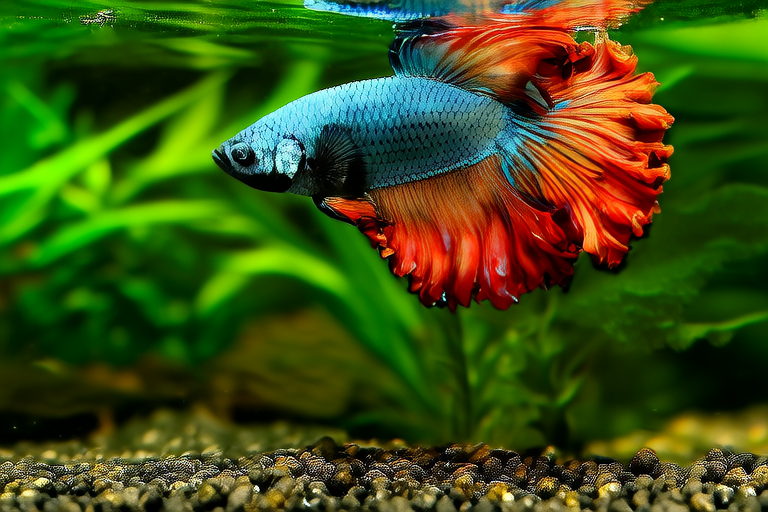
Top 10 Secrets for Keeping Your Betta Fish Happy and Healthy
Betta fish, often referred to as Siamese fighting fish, are popular pets due to their vibrant colors and flowing fins. However, keeping these beautiful creatures healthy and happy requires more than just a bowl and some water. This guide will provide you with the top ten secrets to ensure your betta fish thrives in its environment.
1. Appropriate Tank Size
Contrary to popular belief, bettas do not thrive in small containers like bowls. A minimum tank size of at least 2.5 gallons (10 liters) is recommended for a single betta fish. Larger tanks, around 5 gallons (20 liters), are even better as they offer more space for swimming and help maintain stable water conditions. The increased volume of water helps regulate temperature and pH levels, creating a more stable environment for your betta.
2. Water Quality Maintenance
Maintaining high water quality is crucial for the health of your betta fish. Regular water changes are essential; aim to change about 25% of the water weekly. Use a gravel vacuum to remove waste from the substrate and clean the filter. It’s important to monitor the water parameters such as ammonia, nitrite, and nitrate levels. Ammonia and nitrite should be undetectable, while nitrates should be kept below 20 ppm. Consider using a water conditioner to neutralize chlorine and chloramines found in tap water.
3. Suitable Tank Mates
Bettas can be aggressive towards other bettas, especially males, but they can coexist peacefully with certain species. Avoid housing bettas with long-finned fish, as bettas might see them as rivals or prey. Good tank mates include peaceful community fish like dwarf gouramis, neon tetras, and harlequin rasboras. Always introduce new fish slowly and monitor their interactions to ensure compatibility.
4. Proper Diet
A balanced diet is vital for your betta’s health. Bettas are carnivorous by nature and should primarily consume protein-rich foods such as betta pellets, freeze-dried bloodworms, and brine shrimp. While live foods like mosquito larvae can be offered occasionally for variety, they should not form the main part of the diet. Feed your betta twice daily, providing only what it can consume within a few minutes to prevent overfeeding and water pollution.
5. Temperature Control
Bettas prefer warm water, ideally between 76°F and 82°F (24°C and 28°C). Maintaining this temperature range is crucial for their immune system and overall health. Use a heater with a built-in thermostat to keep the water temperature consistent. Avoid placing the tank near windows or doors where temperature fluctuations could occur. Regularly check the water temperature to ensure it stays within the optimal range.
6. Hiding Spots and Decorations
Providing hiding spots and decorations enriches your betta’s environment and reduces stress. Include caves, plants, and driftwood that offer shelter and encourage exploration. Live or silk plants are preferable as they mimic natural habitats and provide a sense of security. Ensure any decorations have smooth edges to prevent fin damage. Arrange the decorations so there are open spaces for swimming and areas for resting.
7. Regular Feeding Schedules
Establishing a regular feeding schedule helps regulate your betta’s digestion and metabolism. Feed your betta twice daily, spacing the feedings about 12 hours apart. Consistency in timing helps your betta anticipate meals and reduces stress. Overfeeding can lead to digestive issues and water pollution, so always adhere to the principle of feeding only what your betta can eat in a couple of minutes.
8. Exercise Encouragement Through Tank Setup
Encourage your betta to swim actively by designing an interesting and spacious tank. Place decorations and plants strategically to create natural obstacles and paths for swimming. A well-planned tank layout not only stimulates physical activity but also mimics the betta’s natural habitat, promoting mental stimulation. Consider adding a gentle water current to simulate natural water flow and further encourage movement.
9. Minimizing Stress Factors
Stress can severely impact your betta’s health. Minimize stressors by maintaining a calm environment around the tank. Avoid sudden loud noises and frequent handling. Keep the tank away from direct sunlight and drafts, which can cause temperature fluctuations. Introduce new elements to the tank gradually to allow your betta time to adjust. A stable and predictable environment contributes significantly to your betta’s happiness and longevity.
10. Routine Health Checks
Regular health checks are essential for early detection of potential issues. Observe your betta daily for signs of illness such as lethargy, loss of appetite, discolored fins, or unusual spots. Perform routine water tests to monitor water quality and address any imbalances promptly. Quarantine new fish before introducing them to the main tank to prevent the spread of diseases. A proactive approach to health management ensures your betta remains vibrant and healthy.
In conclusion, keeping your betta fish happy and healthy involves attention to detail and commitment to providing an optimal living environment. By following these top ten secrets, you’ll ensure your betta enjoys a long and fulfilling life. Remember, the key to successful betta care lies in understanding their needs and responding proactively to any challenges they may face.






